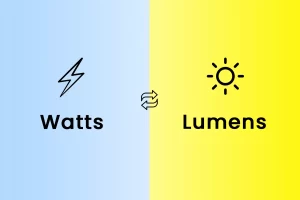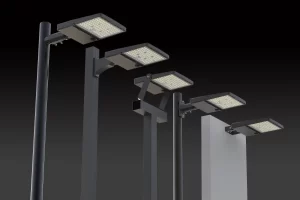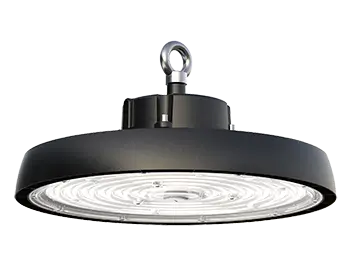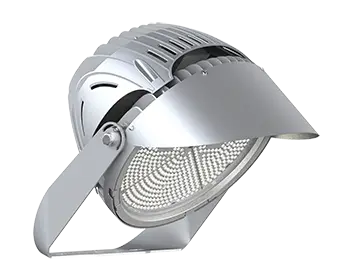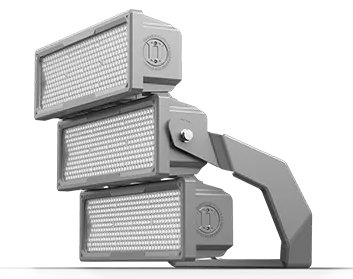Introduction:
Over the past decade, LED lights have been steadily claiming territory once dominated by traditional incandescent or fluorescent bulbs. Their energy efficiency, longer lifespan, and versatility make them a popular choice for a wide array of applications. However, the broad spectrum of LED lights available in the market often makes it daunting for most people to select the perfect ones for their needs. This comprehensive guide seeks to demystify LED lights and their brightness, helping you make informed decisions whether you’re lighting up your home, office, or outdoor space.
Understanding LED Lighting:
LED, an acronym for Light Emitting Diodes, refers to a specific type of solid-state lighting technology. One of the primary advantages of LED lights over traditional bulbs is their energy efficiency. They convert up to 80-90% of the energy they consume into light, significantly reducing wastage in the form of heat. Coupled with their extended lifespan – some lasting up to 25,000 hours or more – LED lights are a sustainable and cost-effective lighting solution.
Assessing Your Lighting Needs:
The first step towards selecting the perfect LED lights is to understand your specific lighting needs. What is the purpose of the light in your space? Is it general lighting, task lighting, or ambient lighting? General lighting is typically the main source of illumination, providing an even level of brightness across the room. Task lighting is focused light, used in areas where specific tasks are performed, like reading or cooking. Ambient or mood lighting, on the other hand, is used to create a certain atmosphere or ambience in a room. Your choice of LED lights will greatly depend on these needs.
Lumens vs. Watts: Decoding the Brightness Scale:
With traditional bulbs, we often relied on wattage to determine brightness. However, with LED lights, the metric changes to lumens. A lumen symbolizes a measure that calculates the volume of perceivable luminosity radiated from a source. While wattage merely measures the energy consumption of a bulb, lumens offer a more accurate representation of the light output. As a general rule of thumb, an LED light with a higher lumen rating will emit more light and thus appear brighter.
Calculating the Required Brightness:
Selecting LED lights with the perfect brightness entails more than just picking the highest lumen output. Several factors influence the amount of light required for a space, including room size, color scheme, purpose, and desired lighting intensity. There are online calculators and resources that can help you determine the ideal lumen output for different spaces. Alternatively, you can consult with a lighting expert or interior designer for professional advice.
Color Temperature: Setting the Right Mood:
LED lights are available in a variety of color temperatures, which can greatly influence the mood and atmosphere of a room. Color temperature is measured in Kelvins (K) and typically ranges from 2000K to 6500K. Lights with lower color temperatures emit a warmer, yellowish light, perfect for creating a cozy and intimate ambiance. Conversely, higher color temperatures produce a cool, bluish light, suitable for task lighting and spaces requiring a clear, vibrant atmosphere.
Selecting the Right LED Bulb Type:
From standard A-shaped bulbs to floodlights and decorative bulbs, LED lights come in a plethora of types, each designed for a specific application. Your choice should be dictated by your lighting needs, fixture types, and aesthetic preferences. Remember, each bulb type offers different lighting characteristics, so make sure to select the one that best fits your needs.
Dimming Options for Flexibility:
Dimmable LED lights offer flexibility by allowing you to adjust the brightness levels according to your requirements. Not all LED lights are dimmable, so ensure the ones you select are compatible with your existing dimmer switches. Dimming LED lights not only helps in creating a perfect ambiance but also contributes to energy savings.
Energy Efficiency and Cost Savings:
LED lights consume significantly less energy than traditional incandescent or fluorescent bulbs, resulting in substantial cost savings over time. When purchasing LED lights, look for models with high energy efficiency ratings. These not only lower your energy consumption but also contribute to a more sustainable environment.
Quality and Reliability:
Always prioritize quality and reliability when investing in LED lights. Opt for reputable brands and ensure the lights meet industry standards to guarantee longevity and performance. Look out for certifications like Energy Star, UL, or ETL, which indicate the product’s compliance with certain safety and efficiency standards.
The Future of LED Lighting:
The LED lighting industry continues to innovate, with advancements like smart lighting systems and Li-Fi technology leading the way. These emerging trends promise to revolutionize how we use and interact with light in our everyday lives, making LED lighting more than just a source of illumination.
Conclusion:
In conclusion, the journey to selecting LED lights with perfect brightness begins with understanding the fundamentals of LED lighting and identifying your specific needs. The LED lights you select should not only meet your requirements but also enhance your space’s aesthetic appeal and ambiance. Prioritize energy efficiency, quality, and reliability for long-term satisfaction. With this comprehensive guide, you are well-equipped to navigate the world of LED lights, transforming your space into a beautifully lit haven. Happy lighting!






